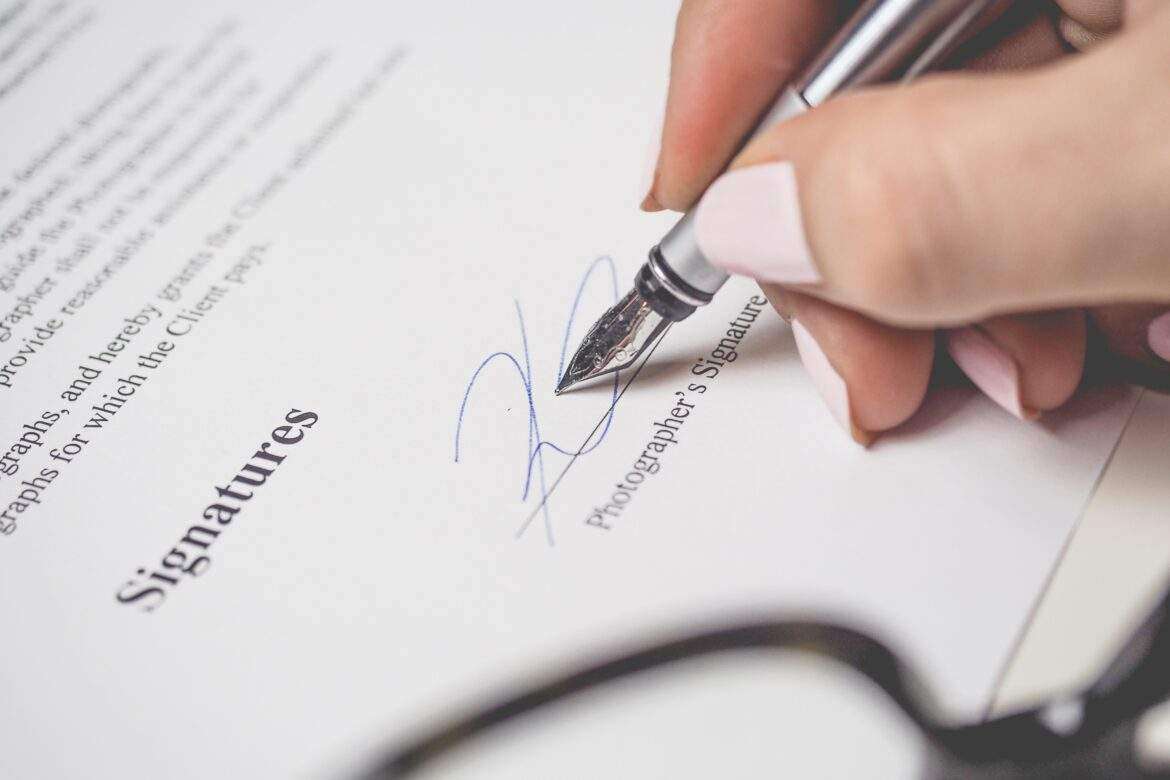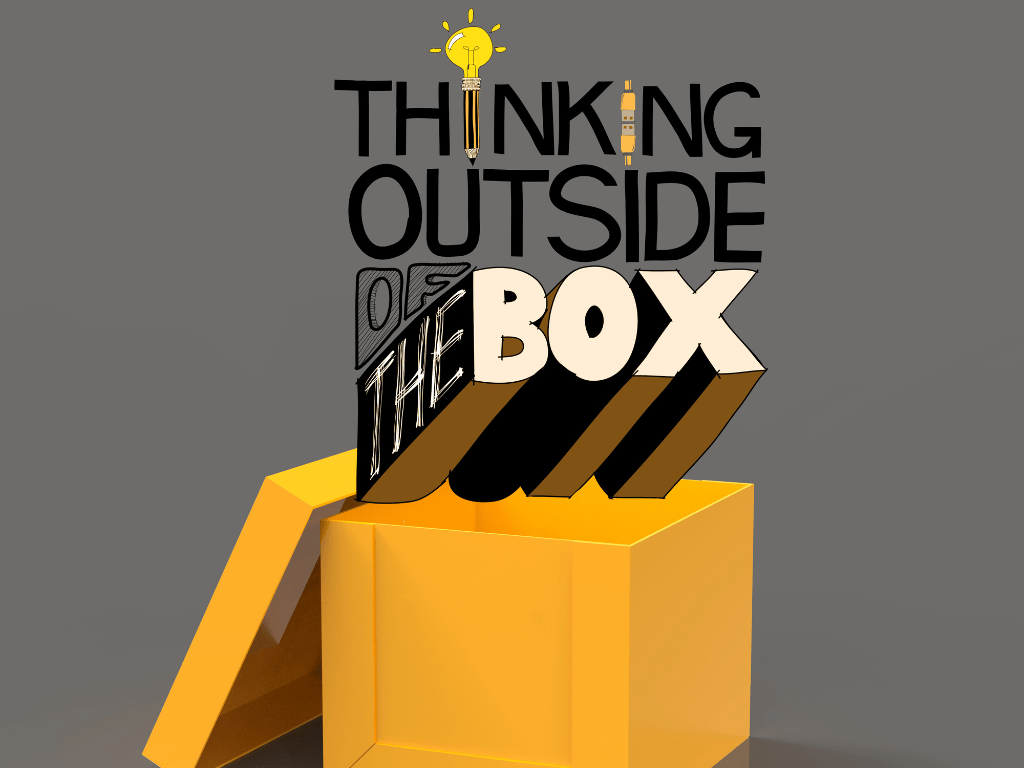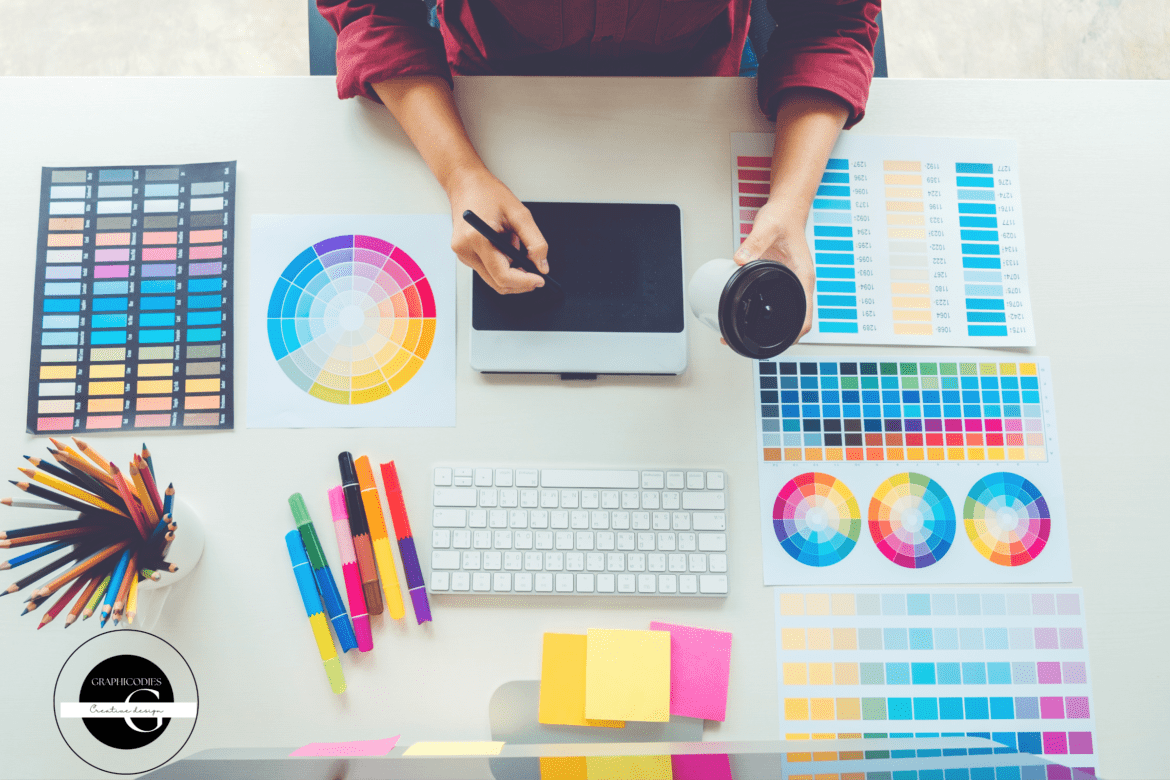20 Things To Ask Your Designer Before The Project Begins
When it comes to working with a designer on a project, it is important to have clear communication and expectations in order to ensure that the final outcome meets your needs and goals. In order to set the project up for success, there are certain things that you should ask your designer before the project begins. In this blog post, we will explore 20 things to ask your designer before the project begins.
- What is your design process like? Understanding how your designer works and what steps they take during the design process can give you a better understanding of what to expect.
- Can you provide examples of your previous work? Reviewing a designer’s portfolio can give you an idea of their skills, style, and the type of projects they have worked on in the past.
- Who will be working on the project? Knowing who will be working on the project, such as a team or an individual, can give you an idea of the level of expertise that will be involved in the project.
- Can you provide references? Speaking with past clients can give you an idea of a designer’s work ethic, communication skills and overall experience
- How will we communicate during the project? Establishing how you and the designer will communicate during the project, such as through email, phone, or in-person meetings, can help to ensure clear and efficient communication.
- What are the project’s goals and objectives? Clearly understanding the project’s goals and objectives is crucial in ensuring that the final outcome aligns with your expectations.
- What is the project’s budget? Knowing the budget for the project can help the designer to recommend options that fit within the budget and scope.
- What is the project’s timeline? Knowing when the project is expected to be completed can help to establish a clear timeline for the project and ensure that it meets any necessary deadlines.
- What are the project’s deliverables? Knowing what the project’s deliverables are, such as a website, logo, or marketing materials, can help to ensure that the final outcome meets your needs.
- Will the designer need any specific information or assets from you? Knowing what information or assets the designer will need from you, such as content or images, can help to ensure that the project stays on track.
- Who will own the rights to the final design? Make sure to clarify who will own the rights to the final design and whether it can be used for future projects.
- How will revisions be handled? Establishing how revisions will be handled can help to ensure that any necessary changes are made in a timely manner.
- What is the designer’s availability during the project? Knowing the designer’s availability during the project, such as their working hours or time zone, can help to ensure that communication and progress stays on schedule.
- How will you receive the final files? Knowing how you will receive the final files, such as via email, a cloud service or in person can help to ensure that you have the necessary tools to work with the files.
- Will the designer provide training on how to use the final design? If the final design includes software or applications, it’s important to know if the designer will provide training on how to use them.
- Will the designer provide support after the project is completed? Knowing if the designer will provide support after the project is completed can help to ensure that you have the necessary resources to maintain the design in the future.
- Will the designer help with the launch of the project? Knowing if the designer will help with the launch of the project, such as testing and debugging, can help to ensure that the project is ready for its intended audience.
- How will the project be invoiced? Knowing how the project will be invoiced, such as hourly, flat rate or milestones, can help to ensure that the project stays within budget.
- Will the designer sign an NDA if necessary? If the project includes confidential information, it is important to know if the designer is willing to sign a non-disclosure agreement.
- Are there any potential roadblocks that the designer foresees in the project? Knowing if the designer foresees any potential roadblocks in the project, such as lack of resources or technical difficulties, can help to ensure that a plan is in place to overcome them.
Asking your designer these questions before the project begins can help to ensure clear communication and expectations throughout the project, leading to a successful outcome that meets your needs and goals.



